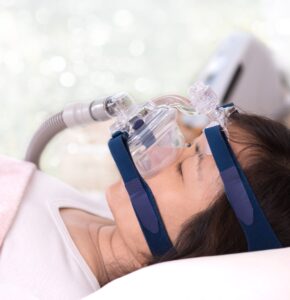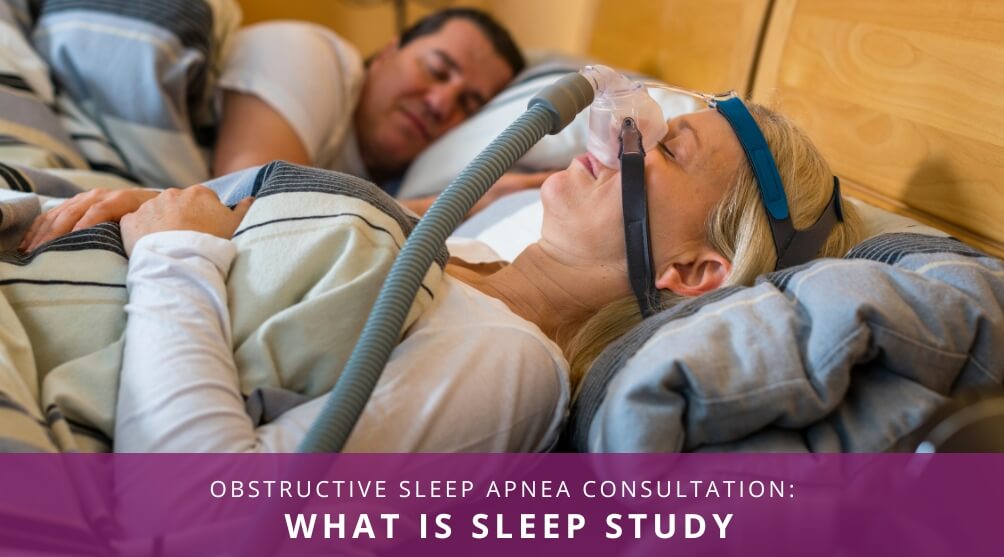Obstructive Sleep Apnea Consultation: What is Sleep Study
Obstructive sleep apnea is a sleep disorder that causes people to stop breathing and resume several times during sleep. A sleep apnea test/sleep study or Polysomnogram (PSG) helps diagnose the condition.
Visit the Richardson Dental and Craniofacial Hospital to learn more about obstructive sleep apnea consultation and for further information about obstructive sleep apnea treatment and obstructive sleep apnea surgery cost. We are happy to provide all the information you need about a sleep study, including what happens after a sleep study consultation and everything you must know about obstructive sleep apnea surgery.
What Happens During a Sleep Study?
The doctor advises patients about medications they can consume or stop before the test. You must avoid alcohol and caffeine on test day as they could interfere with results.
If the sleep study occurs at a sleep center, the patient is assigned a private bedroom on the night of the sleep study. Technicians monitor patients in a central monitoring area near this bedroom. If you need to use the bathroom, you must inform the technicians to remove the wires connected to the monitoring equipment. Sleeping with the equipment is not a problem, and portable equipment is used for home testing for less severe cases.

Equipment Used for a Sleep Study
Surface electrodes are attached to a patient’s face and scalp during a sleep study to record electrical signals to the measuring equipment. Generated by the person’s brain and muscle activity, these signals are recorded digitally. The individual’s breathing gets measured using the belts put around the abdomen and chest, and their blood oxygen gets measured through a bandage-like oximeter probe.
An electroencephalogram or EEG measures and records brain wave activity. A patient’s heart rate and rhythm are recorded through an electrocardiogram (EKG), and an electrooculogram aids in recording eye movements. Muscle activities such as face twitches, leg movements, and teeth grinding are measured through an electromyogram (EMG). A nasal airflow sensor is utilized to record airflow, and a snore microphone records an individual’s snoring activity.
What to Expect After a Sleep Study
After the sleep study, the sensors attached to the patient are taken off, and they can go about their daily activities. Once the results are sent to your doctor, they can determine the next action. The data from the sleep study provides information such as whether you snore, whether you have trouble breathing or in case you stop breathing, how often you wake up, and the time you spend in each sleep stage. It also includes information about your limb movements, body position, and unusual patterns of brain activity.

